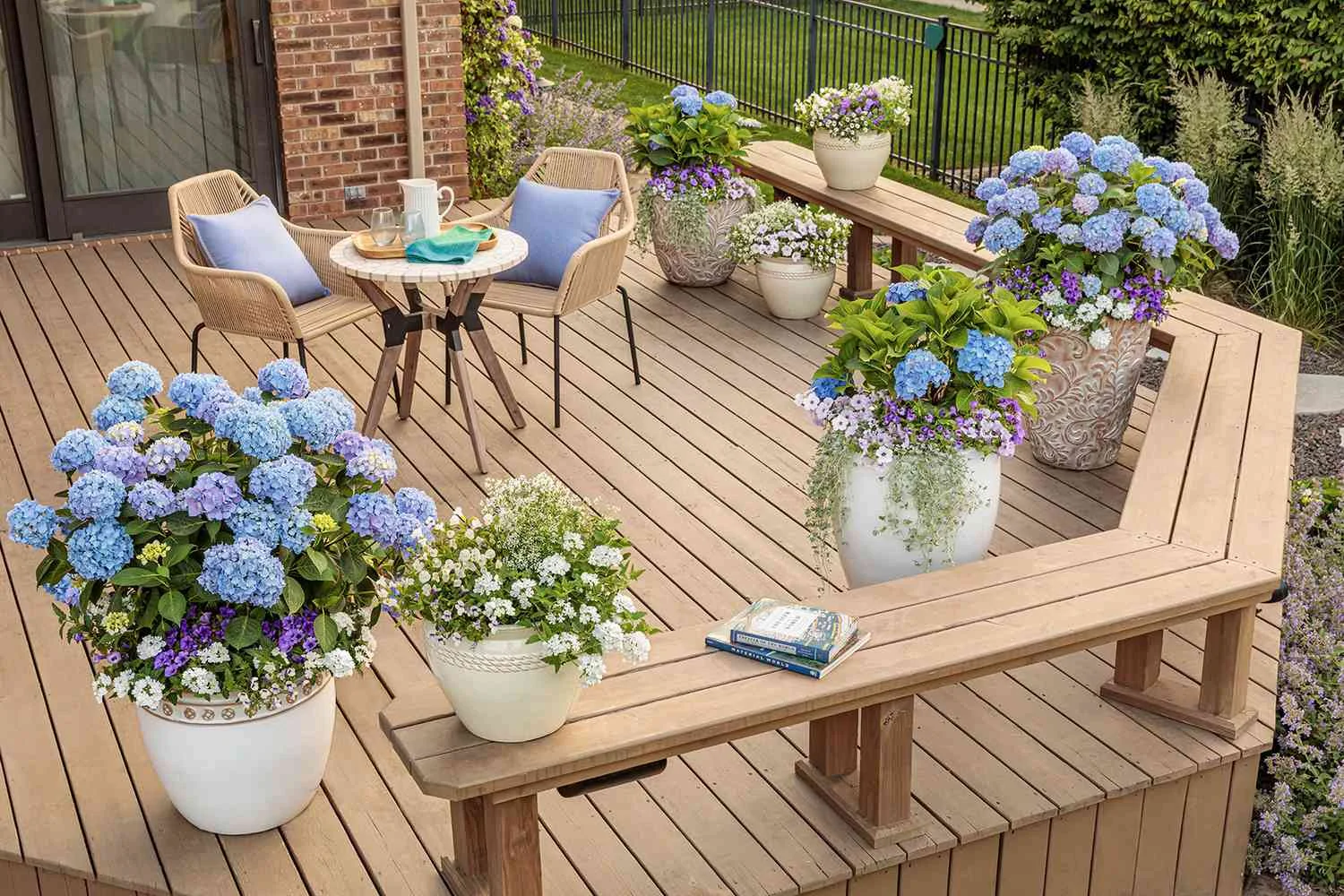Balcony barely wide enough for a chair? You can still turn it into a riot of blooms with benefits of container gardening on your side. By growing flowers in pots, the soil mix stays under control, drainage behaves, and pests stay largely at bay.
The real magic lies in container flower gardening advantages like rolling a sun‑loving geranium toward brighter rays at noon or sheltering fragile begonias during a downpour.
These flexible gardening methods suit apartments, rented homes, or anyone who likes to reshuffle the patio on a whim, all while adding bold color at eye level. Get the basics right, and every square foot becomes prime flower real estate.
Choosing the Right Containers for Your Flower Garden
A vibrant container garden starts long before the first seed hits the soil. Choosing flower containers with room to breathe—think 12‑inch‑wide pots for quick‑growing annuals—gives roots space to stretch and keeps watering stress low.
Terracotta’s porous walls wick away extra moisture, perfect for herbs that hate wet feet, while plastic or glazed ceramic pots hold water longer and shrug off surprise cold snaps.
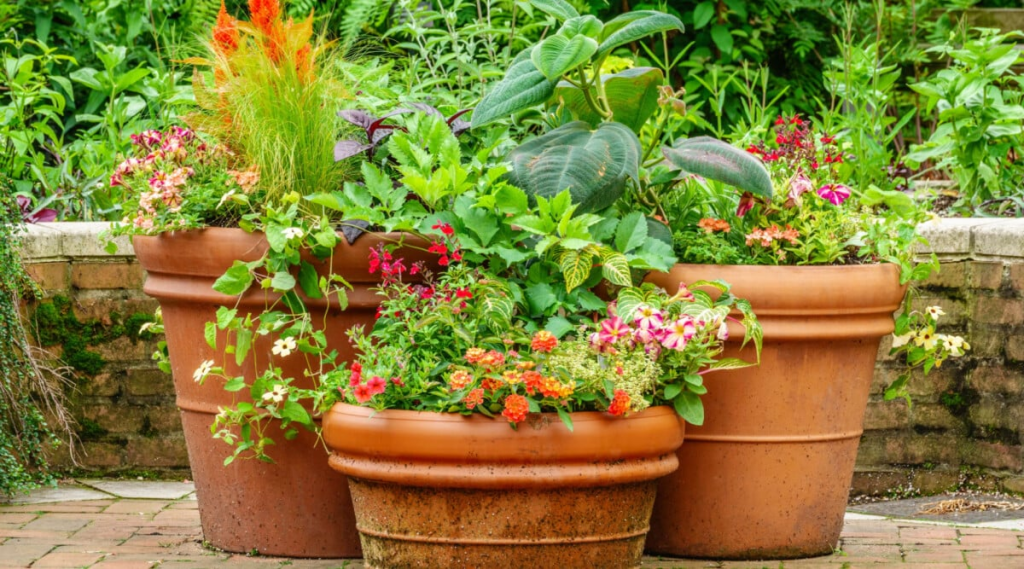
Make sure every pot earns its keep as garden containers with drainage; real holes beat decorative stones at stopping swampy soil.
Repeat one finish or color across the patio for a pulled‑together look, letting foliage supply the variety. Follow these flower pot selection tips and grabbing the best pots for flowers becomes second nature.
Best Soil and Fertilizers for Container Flowers
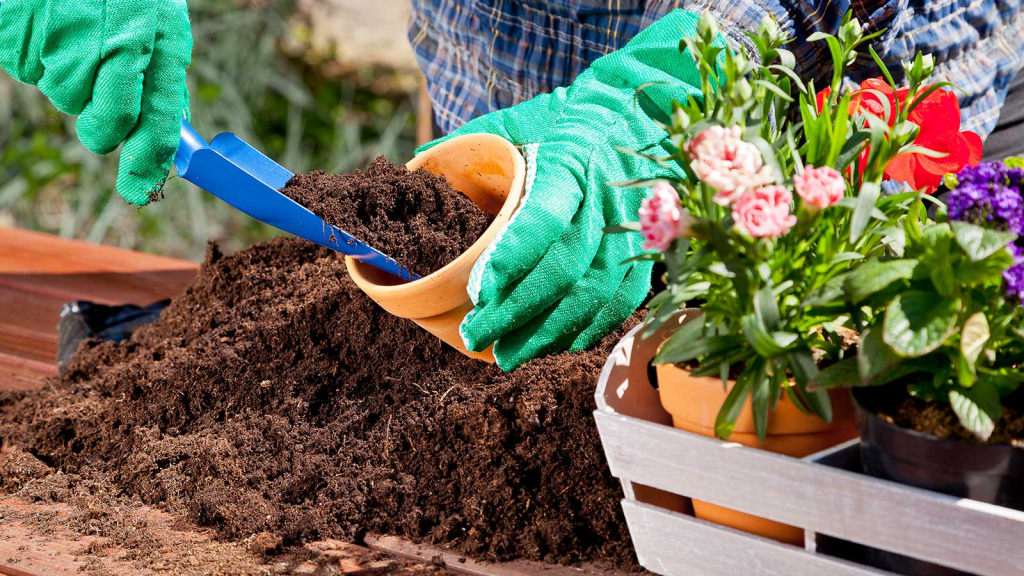
Nothing boosts porch appeal like containers bursting with color, and healthy roots start with the right mix. For the best soil for container flowers, use a light, airy blend of peat or coco coir, pine bark, and perlite; this kind of flower potting mix holds moisture yet drains fast, keeping roots oxygen‑rich.
Commercial bags often arrive with a mild “starter charge,” but long‑lasting color really shines once a few controlled‑release granules—think Osmocote 14‑14‑14—are sprinkled in.
These container gardening fertilizers meter balanced nutrients for three to four months, so there’s no need to fuss with weekly feedings. A monthly handful of compost or worm castings refreshes enriched soil for blooms, powering petals right through the last warm evening.
Light Requirements: Finding the Perfect Spot
Sunlight decides whether petunias explode with color or fade. Track the patio for a day: spots that bathe in direct rays for 6 plus hours fit the sun requirements for flowering plants tagged “full sun” — think zinnias or geraniums.
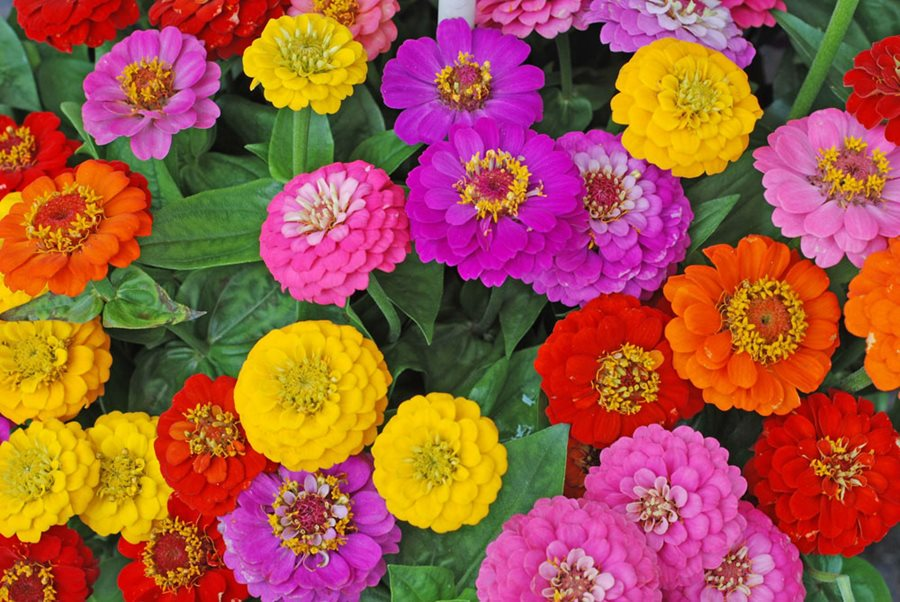
Caption: These sun-loving zinnias were built for bright days and bold displays.
Corners that soak up a gentler 3–4 hour dose qualify as partial shade, perfect for begonias and fuchsias. Less than three hours? Choose shade‑lovers like impatiens. Matching the light for container plants to these time blocks unlocks dependable color.
Once the pattern’s clear, shuffle pots or pop them on wheeled caddies so container flower placement keeps pace with shifting rays and avoids scorching afternoons. A quick notebook sketch locks down the best spot for flowers long before planting day.
Selecting the Right Flower Varieties for Container Gardening
Kick off the potting game with calibrachoa and petunias—trailing annuals that bloom from spring to frost and spill color over pot rims. Container-friendly flowers like these stay compact yet crank out hundreds of blossoms, and recent trials show calibrachoa handles heat and needs less deadheading than classic petunias.

For upright pop, zinnias pair with dwarf marigolds as best flowers for pots; delivering nonstop summer fireworks in full sun. Add dianthus for spicy spring scent, then swap in coleus or tuberous begonias to keep shade planters lively—mixing heights hits every viewing angle.
Round out the display with impatiens, which light up shadowed corners, giving a roster of versatile flower types for containers and truly easy flowers to grow in containers that turn any doorstep into a mini botanical show.
Seasonal Considerations for Container Flower Gardens
Spring pots wake up fast: tuck in violas, pansies, and primroses as soon as the last frost calms down—those cool‑weather staples laugh at chilly evenings and keep color running into May.
Practice seasonal flower planting by swapping them for heat fans like petunias, lantana, and coneflowers once daytime temps hover above 70 °F; these annuals blaze all summer without sulking.
To lock in year-round container flowers, anchor each pot with an evergreen dwarf conifer or a winter‑blooming hellebore so something is always showing off, even when snow threatens.
Map out planting flowers by season: cool bloomers (early spring, late fall), sun‑soaked performers (summer), then ornamental kale and mums for harvest flair. Finish with these quick seasonal gardening tips—refresh the top third of soil at every switch, feed lightly once a month, and rotate pots a quarter‑turn weekly for even growth.
Watering Tips for Thriving Container Flowers
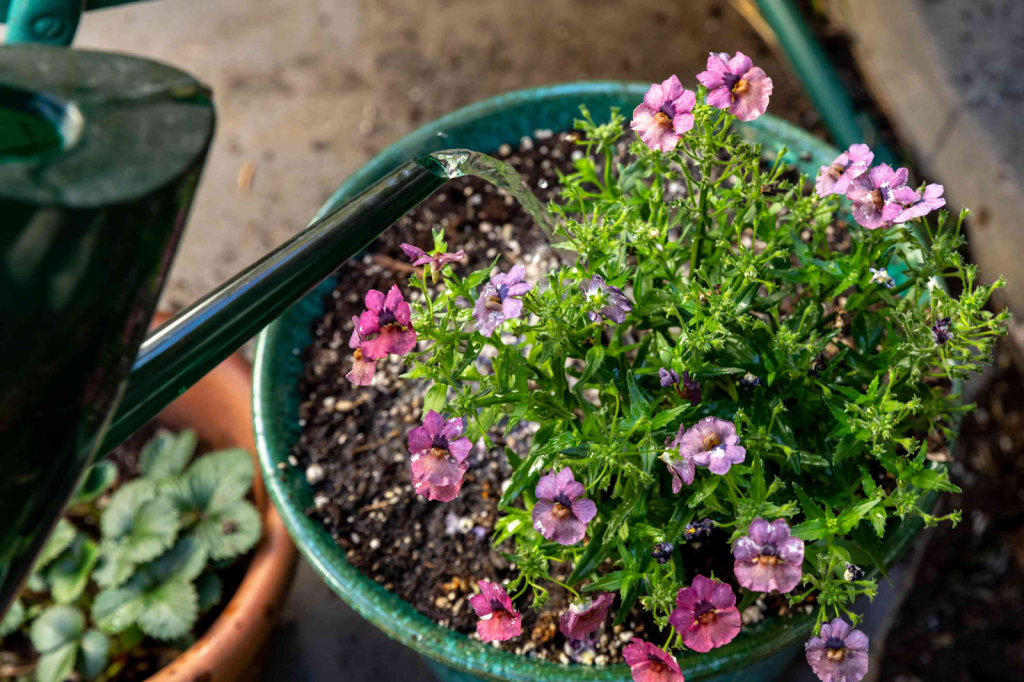
When it comes to watering potted flowers, start at dawn; cool air cuts evaporation, giving roots a deep drink without midday scorch. Feel the soil daily—when the top inch is dry, it’s time to act. Tilt the can low and slow; the goal is to send a steady stream until water slips from the drainage holes, then empty the saucer so roots don’t sit in a swamp.
Curious about how to water flower containers on heat‑wave days? Check again mid‑afternoon; containers dry faster than beds. Consistent checks lock in the right moisture for container plants and stop root rot before it starts.
Pest and Disease Management in Container Gardens
Aphids, spider mites, and whiteflies sneak up fast, so container flower pest control starts with a two‑minute leaf check every week. Knock small clusters off with a firm water spray, then reach for natural pest remedies like a neem‑oil mix (2 teaspoons neem, 1 quart water, a drop of mild soap) that interrupts feeding and breeding without harming pollinators.

Dust a thin ring of food‑grade diatomaceous earth around pot rims to shred crawling insects’ exoskeletons.
Fuzzy white spots on leaves signal powdery mildew; curb it by spacing containers for airflow and misting a baking‑soda solution (1 tablespoon baking soda, 1 tablespoon vegetable oil, 1 teaspoon dish soap in 1 gallon water) once a week—an easy tactic for preventing flower diseases.
Creative Planting Ideas for Eye-Catching Displays
Freshen patio pots with container flower design ideas that treat each planter like a mini stage: anchor a tall thriller—canna or dwarf papyrus—at the back, nestle mid‑height coleus center, then let sweet potato vine stream over the rim.
Bold palettes—deep purples with muted reds, or teal paired with silvery foliage—deliver show‑stopping flower color combinations. Short on floor space? Hang felt pockets or lean a slim trellis for effortless vertical flower gardening, sparking non-stop container display inspiration.
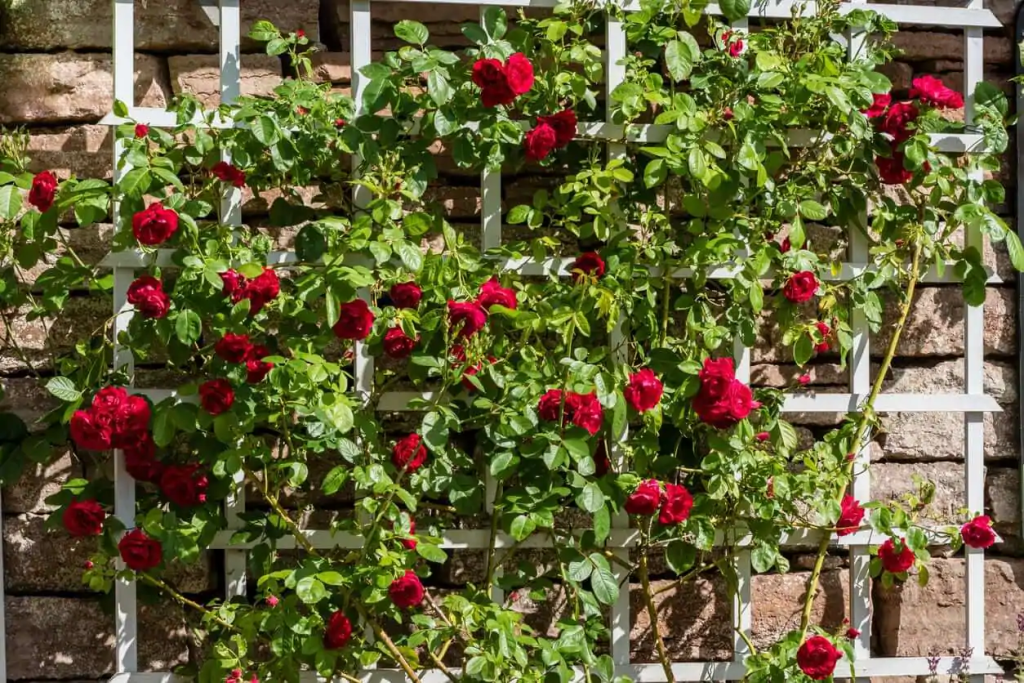
Maintenance and Care for Flourishing Container Flowers
Weekly snips keep annuals buzzing—pinch spent blooms as soon as they fade to cue fresh buds. That habit anchors flower care in pots, preventing wasted energy and nonstop color. For tidy shape, trim leggy stems by a third and wipe blades; smart container garden upkeep also boosts airflow.
Every two to four weeks, water‑dilute a balanced fertilizer onto damp soil; steady nutrients safeguard maintaining blooming flowers. Finish by topping containers with fresh mix each season—a quick layer of potted flower maintenance that keeps roots vigorous and petals popping.
Decorating Your Space: Arranging Container Flowers
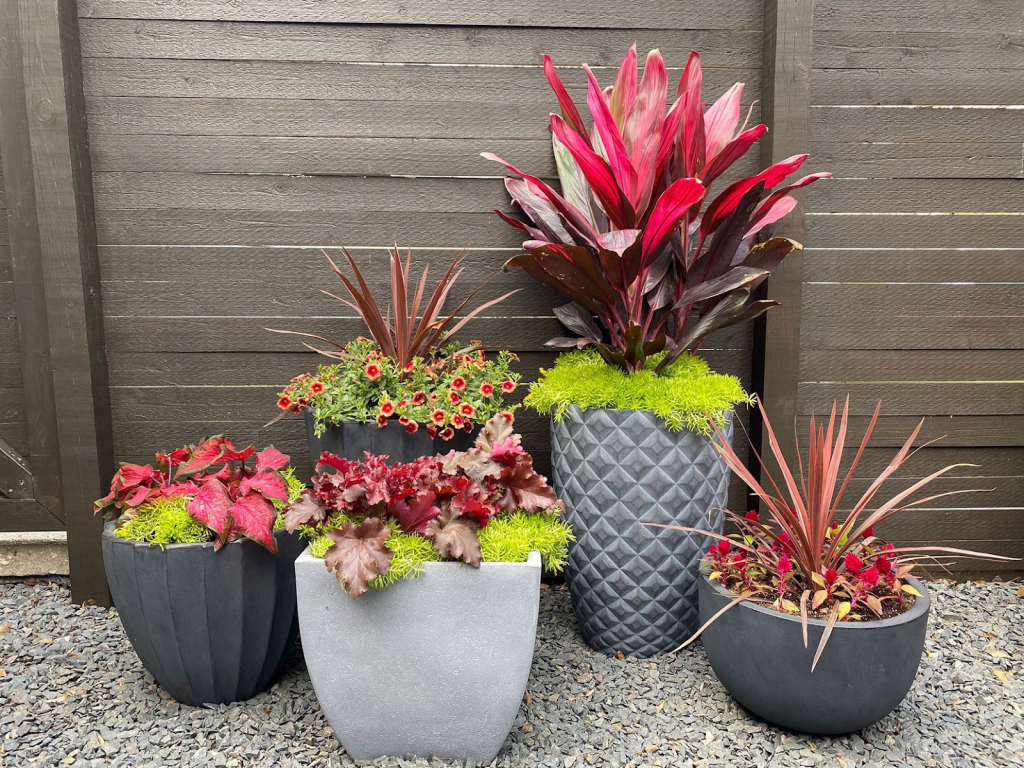
Need a color boost on the porch? Decorating with flower pots starts with grouping heights—stack a three‑tier basket beside the door for eye‑level drama, then tuck dwarf zinnias into smaller tins along the steps for easy reaches.
For tight rails, a slim window box handles trailing petunias while freeing legroom; that smart flower container placement keeps traffic clear. A café‑style shelf on the balcony hosts a mini herb‑and‑geranium mix for instant patio flower arrangement scent.
Finally, clip a coat‑hook rack under the kitchen sill; swapping hanging buckets each season refreshes everyday views and sparks new floral decor ideas.
Budget-Friendly Flower Container Gardening Ideas
Mason jars, chipped teacups, and thrift‑shop galvanized buckets turn patios into mini meadows thanks to DIY flower pot ideas that skip pricey planters. Snag containers at garage sales for a couple of dollars, drill drainage holes, seal with spray varnish, and instant affordable container gardening is ready to sprout.
Pallets stacked into vertical tiers or repainted paint cans deliver classic budget gardening hacks while freeing up floor space.
Pair dollar‑store saucers with nursery clearance blooms, add lightweight mix, and watch color explode—proof that low-cost flower gardening can look designer on pocket change.
Companion Planting Tips for Container Flowers
Marigolds aren’t just color pops—they’re watchdogs. Drop one beside basil or lavender and aphids skip the whole planter.
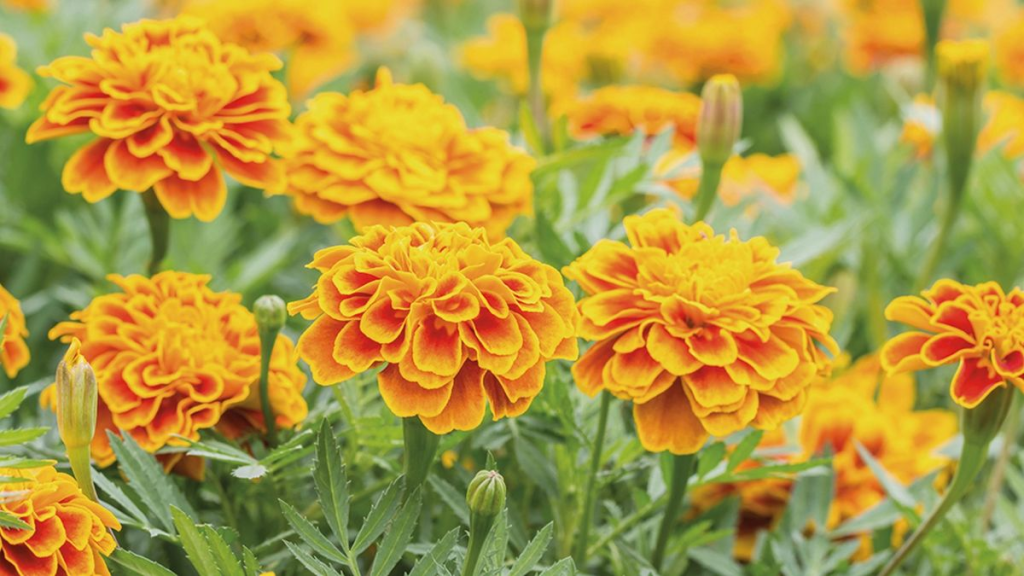
This companion planting for flowers trick shines in balconies: tuck petunias with basil for fragrant, bug‑free pots.
Mixing flowers and herbs in containers like geraniums with rosemary forms smart, pest-resistant flower pairings that need no sprays. Aim for a one‑third herb ratio to keep scents strong, then rotate pots monthly so roots don’t fight.
Using these natural flower garden companions means longer blooms, fewer pests, and fresher garnishes right outside the kitchen.
Conclusion: Embrace the Joy of Container Flower Gardening
One clay pot on the balcony can spark flower gardening joy that rivals any full‑sized garden. Lean on easy container gardening basics—drainage holes, rich potting mix, and lighting needs—then scale up as confidence grows.
Season‑swap combos of marigolds, petunias, or dwarf dahlias for fresh floral hobby ideas that keep colors rotating year‑round. Stick to these beginner flower gardening tips, keep a watering can close, and vibrant blooms will prove any space can become a mini oasis.

